I’ve had the Phottix Odin Wireless TTL Triggers for less than a week now, but they’ve quickly turned into something that I need to have in my camera bag with me at almost all times. Recently, they saw lots of action during my visit to New York City Comic Con 2011. So how have they held up so far? And are they better than the Canon wireless flash system?
Tech Specs
Details taken from Phottix’s website.
- Wireless 2.4GHz. TTL and Manual Flash Triggering
- Remote power control of groups in TTL with +/- EV adjustments (3 stops in 1/3 stop increments – 18 different levels.)
- Mix TTL and Manual flash – fire some groups in TTL, others as manual.
- Remote power control in A:B ratio modes with +/- EV adjustments
- High speed sync – shutter speeds up to 1/8000 sec.
- Second curtain sync functions
- Remote manual mode flash power control
- Remote flash head zoom adjustments – auto or manual
- Compatible with Phottix Strato 4-in1 and Phottix Strato II Multi 5-in-1 Wireless Triggers.
- Upgradeable via built-in USB ports.
Other specs
Frequency: 2.4 GHz
Distance: 100m+
Channels: 4 channels
Groups: 3 groups – A, B, C
Batteries: 2 x AA batteries (TCU and Receiver), 5V DC on receiver (external power port)
Max sync speed: 1/8000 sec*
Output: Hot shoe, 3.5 mm port (receiver)
Input: USB port (transmitter and receiver)
Attachment: 1/4 tripod lug, cold shoe (Receiver)
Input voltage:2.4-3.2V
Flash port voltage handling: 6V (transmitter) ≤300V(receiver)
Body dimensions: 94(L) x 66(W) x 35(H) mm, (transmitter), 90(L) x 45(W) x 40(H) mm (receiver)
Weight: 105g (transmitter), 66g (receiver) – without batteries
Operating temperature: -15—65 C
Storage temperature: -30—85 C
Compatible: Canon EOS Digital Cameras and Flashes. Some third party TTL flashes may function with the Phottix Odin. Due to the vast number of third party alternative Phottix will not test, support or troubleshoot third party flashes.
Ergonomics
The Photix Odins will be familiar with most users that have used radio receivers already. The design and layout of the triggers is extremely straight forward. That can’t totally be said about the transmitter; more on that later.
The transmitter features many buttons: an option button, mode button, zoom, on/off, down/-, select, up/+, a test button, clear, high speed flash synch, and an illumination light for the screen.
The back of the transmitter is also straight forward, featuring the battery compartment. In the hand, the triggers don’t feel as solid as some other options I’ve played with such as PocketWizard Mini and Flex or the Impact PowerSyncs. Indeed, they feel a bit hollow. When I apply pressure on them, I feel as if there is nothing behind the plastic casing pushing back at me. With the other two competitors I mentioned, I feel as if I’m trying to squeeze a rock.
The transmitter also features a USB port for things such as firmware updates. You also get a small piece of software with the device. Admittedly, I haven’t even read the manual yet and have instead just tried to explore, so I’m not sure what the software does at the moment. This is how I figure out how intuitive the whole system is though.
The receivers have switches on both sides. On one side, the user can control the channels for your particular flash while on the other side the user has control over what group the flash is in.
Additionally, you have your standard on/off switch, USB port, and DC input.
The tops of the receivers is very standard looking: it’s just a hot shoe to hold your flash. Meanwhile, the bottom features a locking mechanism if you’d like you attach it to something. Plus there is a tripod socket and your battery compartment.
In Use
During the testing phase so far, I tested the Phottix Odins are New York City Comic Con 2011 with my Canon 580 EX II, 430 EX II, Rogue Flash Benders, and Hacked Beauty Dish.
Booting up the Odins are simple: the switch is flicked into place for the receivers and the transmitter just requires you to hold the on button for a while. Though I didn’t like holding down a button, it’s a good security feature. For example, if the button gets pressed in your pocket or camera bag, it could turn the transmitter on and then burn the battery life. But it won’t happen since it needs to be held down. I wish I could say the same for the receivers, however those were only turned on by accident only once in the period of a week.
Scrolling through the options on the transmitter is a bit odd. To cycle through the groups, you press select and then make your according adjustments. Once you’re done with A (as I set it to 1/4 power output in the above photo) the transmitter will go to B and then C and then other options.
By pressing the Mode button, you can control your ratios.
Pressing the Test button and also firing the flashes made me realize that after the transmitter has sent a signal to fire a flash, it requires a recycle time of around 1.5 secs for it to be able to fire the flash again. Indeed, this threw myself and my lighting assistant off when we were at Comic Con. In fact, we sometimes even thought the system was malfunctioning. However, we just came to accept the results and carefully watched the back of the transmitter. On the bottom left hand side, you’ll see a ready light appear when the transmitter is ready to sent a signal.
Over a period of around four hours the first day and seven hours the second day, the transmitter and receiver both stayed perfectly functional and the batteries were still working. I was using the non-rechargeable Energizers that came with the package; which leads me to believe that the Odins consume very little power.
So how does the TTL metering work? Phenomenally. In fact, using these triggers is just like using the Canon wireless flash system but without the need for a pre-flash going off. To be clear, Canon’s system (at the time of publishing this article) uses infrared signals, which means that a pre-flash needs to go off in order for the flashes to be triggered.
Essentially, this has rendered my 7D’s wireless flash capability useless; and my 7D only comes with me to gigs when I need extra reach from my lenses due to the APS-C sized sensor. Instead, I opt for my Canon 5D Mk II.
Though I made bad remarks about the build quality of the Odins, I should mention that it was hit many a time by fan boy after fan boy (by accident) while Matt (my lighting tech) and I perused the showroom floor of the Javitz Center. They Odins stood up to all of that wear and tear plus the torture of being in my Think Tank Retrospective 30 while being in a packed subway car and having the bag bumped.
It’s too early for me to give my full judgement on the Odins, but at the moment, they’re impressing me.
Here are some photos I shot using the Odins and my Beauty Dish Hack.
Results
The Odins allowed me to focus more on positioning my lighting and composing my subject; which put my mind at ease instead of trying to make sure that an infrared receiver would see a pre-flash (as is standard with the Canon Wireless Flash system).
Please Support The Phoblographer
We love to bring you guys the latest and greatest news and gear related stuff. However, we can’t keep doing that unless we have your continued support. If you would like to purchase any of the items mentioned, please do so by clicking our links first and then purchasing the items as we then get a small portion of the sale to help run the website.
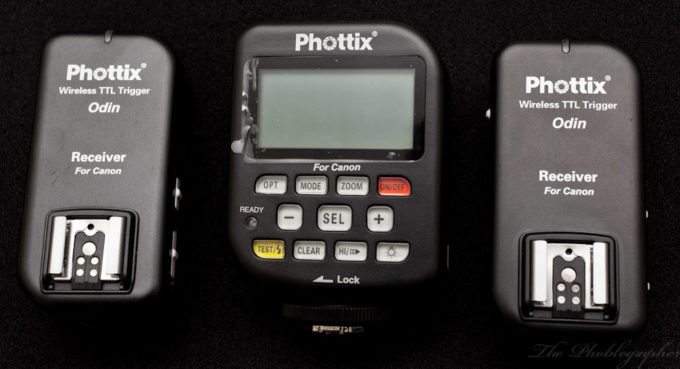
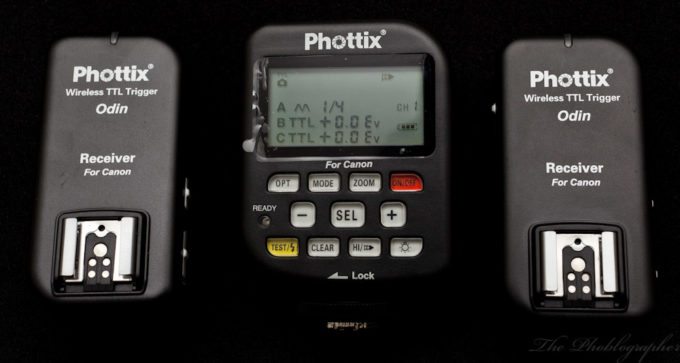
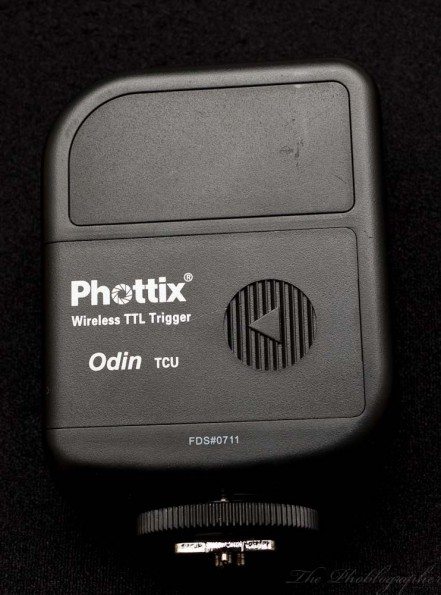
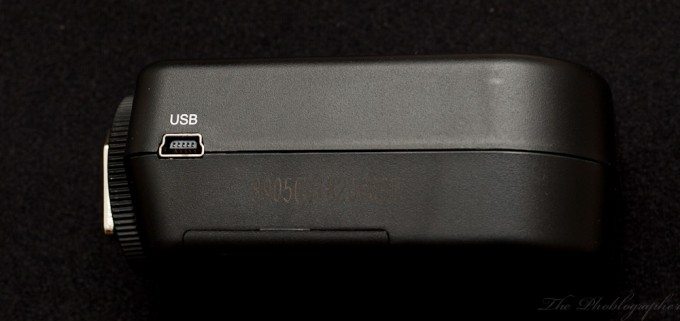
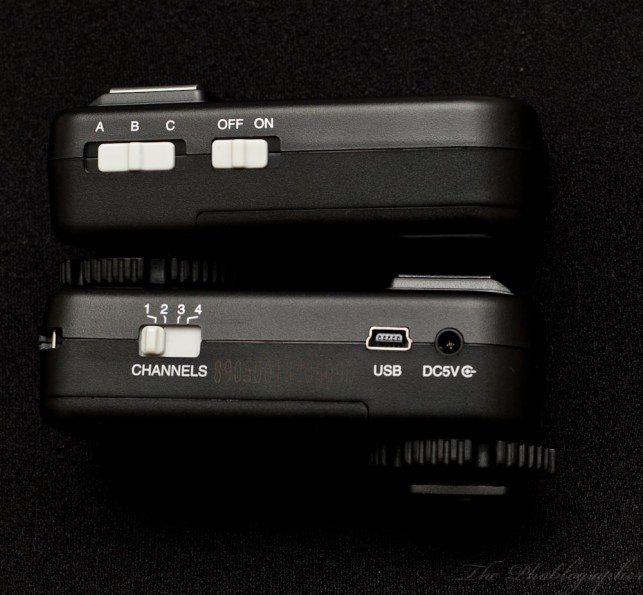
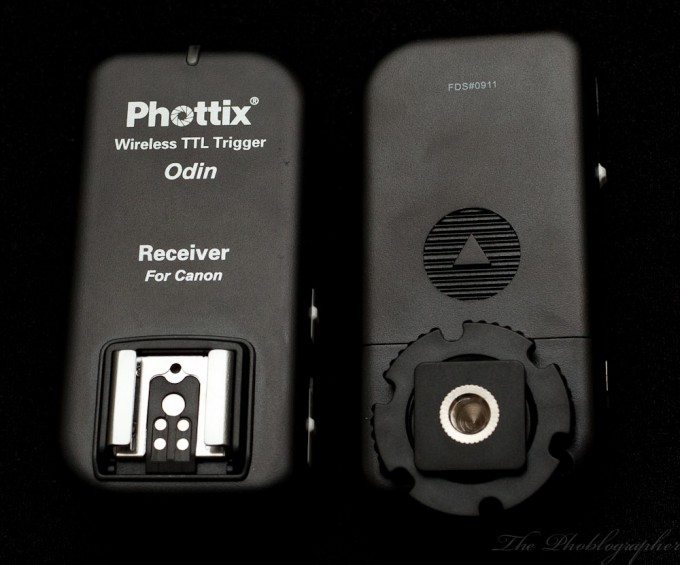







Nenhum comentário:
Postar um comentário